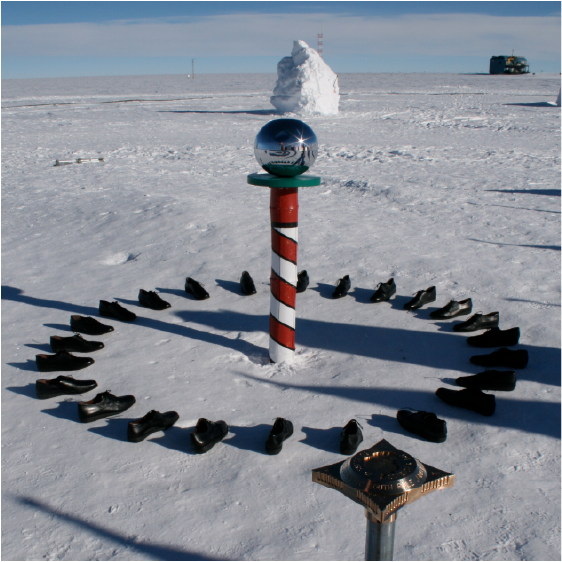
Home » 2007 » Longitudinal Installation » 24 Global Voices » 45° E, Turkey

“We are helpless. We’re trying to rescue trapped people while also trying to evacuate floodwaters that have inundated hundreds of houses.”
— Muharrem Ergul, Mayor, Beykoz district of Istanbul
In 2006, severe flooding across southeastern Turkey caused by torrential rain led to the deaths of at least 20 people and a rescue party for 300 more victims. After earthquakes, floods are the second most destructive natural disaster in Turkey, making up about 30% of all disasters in the country. Between 1950 and 2007, 1,016 people have died, and 1.5 million people have been affected by these events.
Green areas and forests that used to dominate the heart of Istanbul have since been replaced with concrete jungles. Unregulated urban development and infrastructure change the natural flow of rainwater to the sea in the country. Changing a landscape that has been naturally created to protect ecosystems and habitats creates weather extremes, ultimately impacting the long-term livelihood of those who live there.
In a 2006 study, it was found that climate change had already begun impacting water resources in Turkey. The rate of snowmelt and evaporation in the Mediterranean region was recorded to be higher than surrounding regions, yet water levels of streams and dam reservoirs in the eastern region of Turkey have struggled to rise, even though it snows just as much as previous years. On the other extreme, continued deforestation and environmental degradation were predicted to be exacerbated by climate change, causing more extreme floods more frequently.
Today, poorer neighborhoods and Turkey’s economy are the most at risk as flash flooding continues to ravage the nation. A flash flood in Duzce, just two hours away from Istanbul, in summer 2019 stranded at least 56 people as landslides blocked roads, caused heavy damages to buildings, drowned cattle, and prevented villagers from reaching the city’s center. Adaptation strategies like a flood mitigation plan are certainly being developed, but wait to be supported by legislatures and the public.